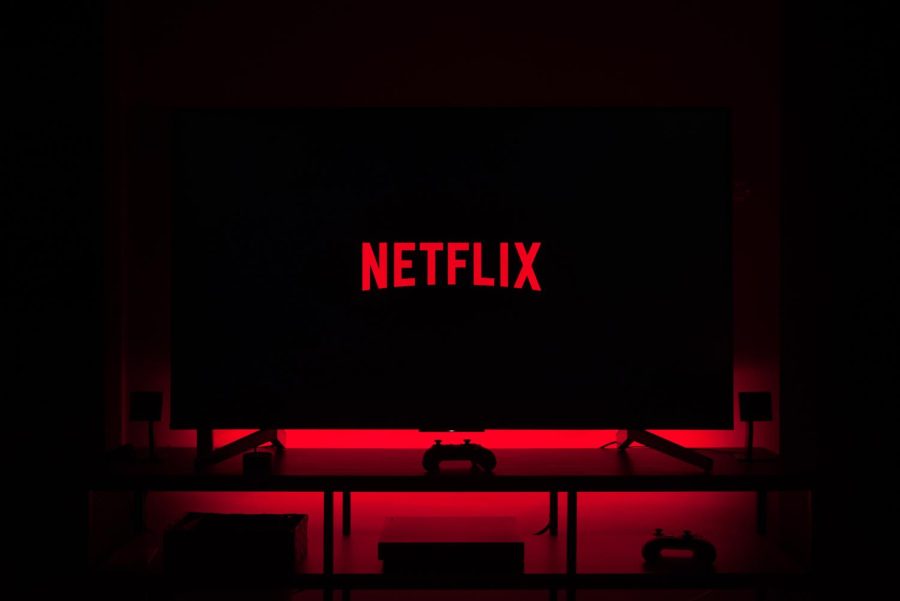Is Your Watching Experience Being Jeopardized?
Ever watch a whole season of a new Netflix series because they release it all at once? Remember how you used to have to wait for that one weekly episode? Streaming services tend to promote binge watching by releasing whole seasons at once–but is it better?
With binge-watching on the rise, we might have streaming services to blame. We have all made excuses for watching just one more episode, but are we really enjoying the show to remember, or for us to indulge in at the time? If we can’t help ourselves, and have to keep watching till we finish a season, it’s less likely we will remember much of this season by the time the next one comes out. Research from a 2017 study conducted by researchers and professionals supported by the Science of Learning Research Center shows how memories created by binge-watching have a weaker foundation than those created over longer viewing schedules. As this study was conducted not long after the release of Stranger Things (the Netflix initiator of this binge-watching culture), the data depicts the disparity between memory-retention and over stimulation. If we are able to remember the content we watch overtime we will feel more fulfilled in what we viewed as we are able to recall the contents of it.
I started a series a few months ago that had an episode per week– that I haven’t watched in months. We as a generation have gotten used to consuming content at a speed faster than any previous generation, due to the power we have to watch almost anything at our fingertips. After watching all the episodes available for that show, I found myself unable to reach for the remote to watch the new episode out the next Friday night. Even though I was very into the show and invested in the story line, I had already got invested with a show that had all its seasons released already– that I could watch at my leisure.
Binge-watching shows available on streaming services convince young teens and adults to watch older teen drama shows (like Gossip Girl or Gilmore Girls), as we can binge all 7 or 8 seasons available. This in itself also contributes to an increasing amount of reboots in today’s film world. The two shows previously mentioned had gotten reboots: Gilmore Girls with the same characters; and Gossip Girl with a whole new cast, capitalizing on the same premise of the original show. These shows tend to lack the feeling and ingenuity of the first show, and tend to not be as successful or popular. The newest example to this cycle is That ‘70’s Show getting revived with a new cast, with special appearances from the original cast in That ‘90’s Show.
Another downfall in the new-wave of shows released through streaming services is the lack of episodes in a season. Stranger Things pioneered having a low-count of episodes per season as each episode was to be action packed and longer in length to make up for it. Remember how you used to watch shows with 20+ episodes? That seems to be a thing of the past with new shows rarely reaching double digits. All the original shows previously mentioned had at least twenty episodes per season in order to keep the viewers engaged and excited every week. Now film companies prioritize action-packed episodes unaffected by fulfilling the half hour or hour cable time slots they previously had to confine to. With this creative liberty now a reality, it seems almost surprising how most new shows align with the content-packed limited episode series model that Netflix originated.
With all these ideas in mind, think of how you would like to get the most out of your watching experience.


